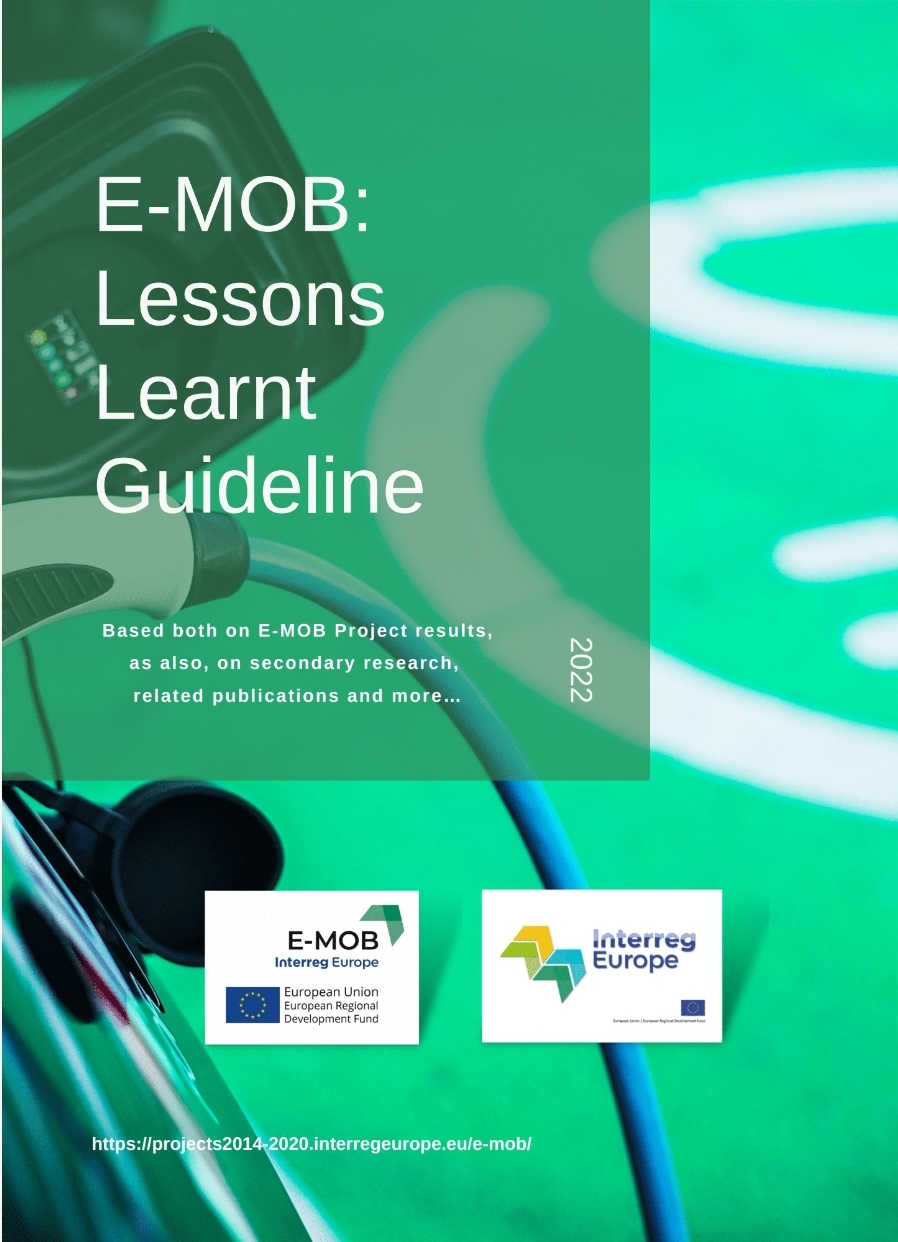1. What is the situation in your country with the topic of the electromobility?
In Centru Region the number of vehicles in the inventory for local public passenger transport, in particular buses and minibusses, were 738 vehicles registered in 2018, one fifth more than the reference year 2013 (+ 19.6% ). In 2018, of the total number of buses and minibusses in the Centru Region, almost a third were in Brașov County (30.2%), over a quarter in Sibiu (26.4%) and almost a quarter in Mureș (24.3% ), at the opposite pole with less than 5% being the counties of Harghita (1.5%) and Covasna (4.2%).
Besides the big cities, in Centru Region we have other actions taken by smaller cities. In Odorheiu Secuiesc, by 2021, 8 electric buses will be on the city roads together with a new management system for public transportation. In Aiud a grant of 10 mil euros was obtaining for the acquisition of 16 electric buses, building a new depot, 28 new bus stations, and the implementation of 50 bike-sharing systems. Făgăraș municipality has ongoing the implementation of two projects, which will consist of the acquisition of 9 electric buses, 75 bicycles, modernization of public road, and the infrastructure for buses and bike-sharing. Cugir is another city that wants to upgrade the public transport infrastructure. For this, they will acquire 6 hybrid buses, 70 electric bicycles, will upgrade 8 bus stations, and will build 41 new stations.

2. What challenges do you face with the development of electromobility in your country?
Although there are good practice projects on urban electric mobility in the Centru Region, there are still many situations in which the local transport infrastructure is insufficiently developed and modernized. In addition, there has been an increase of the problems of sustainable urban mobility, among which we mention: congestion and lack of a system of prioritization of public transport on certain arteries, lack of intelligent traffic lights, insufficient bicycle lanes, insufficiently arranged pedestrian routes, insufficient road belts, non-modernized public transport stations and terminals and we could continue.
With the increase in green transport and the increasing use of electric or biofuel-based means of transport, by 2022, significant investments are needed in alternative fuels infrastructure, in particular refueling or recharging points. There is also a need for environmentally friendly rolling stock for public transport. According to the data collected, at the level of the Cetru Region there are only 49 charging stations for electric cars.
3. Do you think society is ready to use electric vehicles?
This can be a long debate. If we are talking about public transport, this can be an affirmative answer because the municipalities can access European project in order to buy electric vehicles.
If we are talking about personal electric cars, this is the point where the real debate starts. Undoubtedly, the viability of the electric car lies in shifting sands because many actors directly and indirectly involved in electromobility have a hard time saying a word.
The development of the charging infrastructure does not have a very transparent timetable and no foreseeable costs. Meanwhile, classic gas stations have proven to be reliable (hardware and software speaking) and at stable prices - there is no fear that the pump may not work or that a liter of gasoline may cost 5 Lei or 20 Lei depending on the station or the speed at which you fill the tank.
4. Mobility has been reduced in many countries due to COVID - 19. What is the situation in your country? How do you fight the COVID - 19 viruses?
The reduction of mobility is due to the fact that the population must stay lockdown or has restrictions on traveling and working. In Romania the public transport is open, but it is done in accordance with the sanitary recommendations, the distance between passengers and disinfection of means of transport at each end of a line. In Centru Region we do not have metro lines and we cannot speak about the restrictions in this sector of public mobility.
5. What is your vision of the city in the future in terms of the use of electric vehicles in urban mobility?
At the regional level, all the municipalities that are county capital, but also other small cities have in implementation projects, financed through the Regional Operational Programme or by their own funds, that encourage electric-mobility. By 2022 more than 190 electric buses will run on the city roads in Centru Region, not taking into account the electric-bicycles, trolleybuses, charging station, or hybrid buses.
Sustainable urban mobility needs to become less dependent on the use of personal cars, with an emphasis on efficient and environmentally friendly public transport, pedestrian mobility, or the use of bicycles as a means of transport. Sustainable urban mobility allows people and goods to move freely, safely, while protecting the environment.






